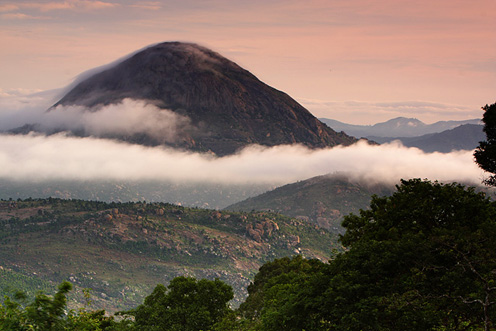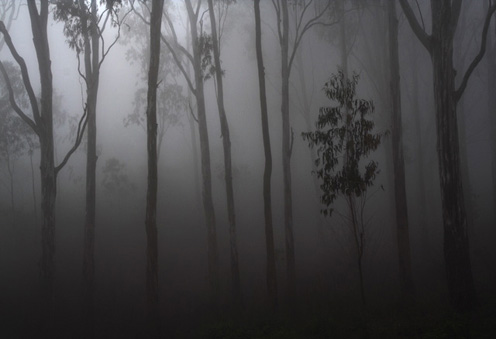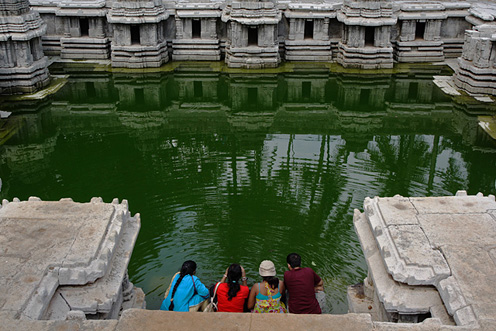Arriving at Leh
After sitting in a cramped vehicle for 14 hours traversing through stomach churning and backbreaking mountain roads that climbed above 15,000 feet in many occasions, it was near midnight when we arrived in Leh. Leh appeared like a typical tourist town at first sight. There were long lines of tourist cabs that had completed the day’s shift and resting at their designated layover. There was still a lot of life at the bus-stop despite the late hour, mostly consisting of drivers and passengers who had just arrived. A few people approached us, offering a room for the night or a taxi into the town.
Not wanting the hassle of searching for a place in the middle of the night, we had booked ahead at a family run guesthouse. But we had no clue about the orientation of Leh and the location of our guesthouse. It was too late to call and check. Hiring a cab was the best available option. It did not take long to find taxis. “Sankar,” I called out, and “One fifty,” came the response. Having no idea about the right fare, we took a shot in the dark and bargained for Rs.50. That was all the money I had in my pocket! But no one was interested in a negotiation. It the middle of the night, we were not in a position to wait for a willing driver or look for alternate options.
Having foolishly forgotten to draw money when we left Manali 5 days ago, we were now nearly penniless. I had Rs.50 left in my with me after paying off the cab that took us to Leh from Keylong. We hired a cab for the quoted price, explained him of the situation and asked him to take us to an ATM first. Sirin, the cab driver, did not seem like a happy man that night. He was unsure if the ATMs would be in working condition. The first one we visited – an SBI ATM at the market had downed the shutters. The second one was a J&K Bank ATM that did not work.
Sirin agreed to drop us off at the guesthouse and collect his money next morning. But he grumbled all the way, and did not make any attempt to hide his unhappiness as we drove to Sankar Village. We had earlier refused his offer to take us to a guesthouse run by his friend. And then he was made to drive around in search of a place he had never heard of, for customers who had no money to pay. Obviously he was not having a great day. But he looked a lot more cheerful when we met him to pay his due on the next afternoon. He smiled casually and said “I have trusted you with my money yesterday, you must hire me for all the local sightseeing!”
When we did arrive at the guesthouse, it turned out to be just about 2km from the bus-stop. At Rs.75 per kilometer, it was the maximum I had ever paid for a cab raid anywhere in India. We woke up our hosts who had shut for the day, apologized for having to disturb them in sleep, and finally checked into end the very long day. We discovered next morning that we were staying in a delightful guesthouse.


